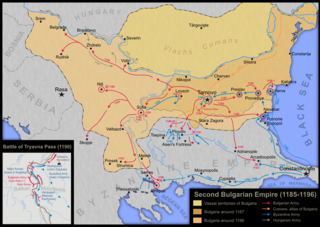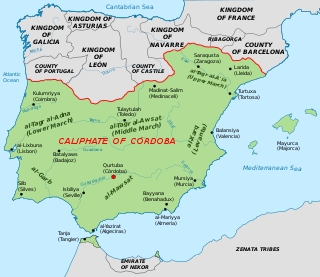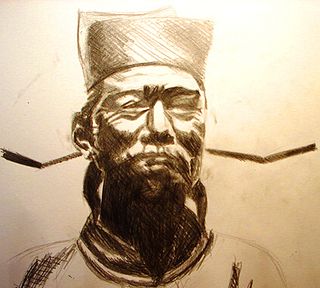The 1090s was a decade of the Julian Calendar which began on January 1, 1090, and ended on December 31, 1099.
The 1070s was a decade of the Julian Calendar which began on January 1, 1070, and ended on December 31, 1079.
The 980s decade ran from January 1, 980, to December 31, 989.
The 1050s was a decade of the Julian Calendar which began on January 1, 1050, and ended on December 31, 1059.

Year 1080 (MLXXX) was a leap year starting on Wednesday of the Julian calendar, the 1080th year of the Common Era (CE) and Anno Domini (AD) designations, the 80th year of the 2nd millennium, the 80th year of the 11th century, and the 1st year of the 1080s decade.
The 1110s was a decade of the Julian Calendar which began on January 1, 1110, and ended on December 31, 1119.

Year 1196 (MCXCVI) was a leap year starting on Monday of the Julian calendar.
The 1080s was a decade of the Julian Calendar which began on January 1, 1080, and ended on December 31, 1089.

Year 1093 (MXCIII) was a common year starting on Saturday of the Julian calendar, the 1093rd year of the Common Era (CE) and Anno Domini (AD) designations, the 93rd year of the 2nd millennium, the 93rd year of the 11th century, and the 4th year of the 1090s decade.

Year 1115 (MCXV) was a common year starting on Friday of the Julian calendar.

Year 1121 (MCXXI) was a common year starting on Saturday of the Julian calendar.
The 1010s was a decade of the Julian Calendar which began on January 1, 1010, and ended on December 31, 1019.
The 1030s was a decade of the Julian Calendar which began on January 1, 1030, and ended on December 31, 1039.

Year 1153 (MCLIII) was a common year starting on Thursday of the Julian calendar.

Year 1097 (MXCVII) was a common year starting on Thursday of the Julian calendar.

Year 1162 (MCLXII) was a common year starting on Monday of the Julian calendar.

Year 1031 (MXXXI) was a common year starting on Friday of the Julian calendar, the 1031st year of the Common Era (CE) and Anno Domini (AD) designations, the 31st year of the 2nd millennium, the 31st year of the 11th century, and the 2nd year of the 1030s decade.

Year 1067 (MLXVII) was a common year starting on Monday of the Julian calendar, the 1067th year of the Common Era (CE) and Anno Domini (AD) designations, the 67th year of the 2nd millennium, the 67th year of the 11th century, and the 8th year of the 1060s decade.

Year 1075 (MLXXV) was a common year starting on Thursday of the Julian calendar, the 1075th year of the Common Era (CE) and Anno Domini (AD) designations, the 75th year of the 2nd millennium, the 75th year of the 11th century, and the 6th year of the 1070s decade.
The 1020s was a decade of the Julian Calendar which began on January 1, 1020, and ended on December 31, 1029.











